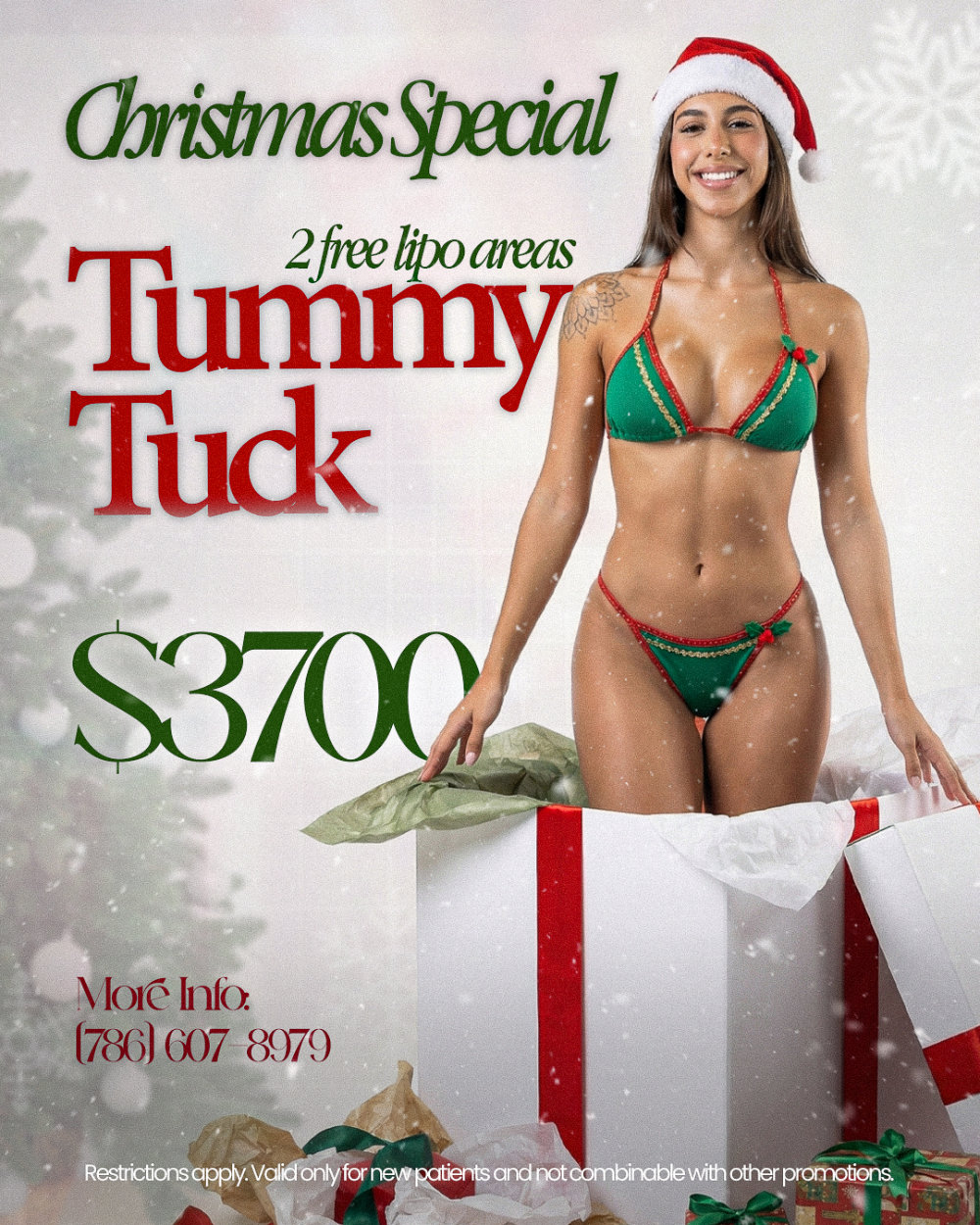Following Miami Breast Augmentation, many patients experience rib discomfort that typically results from chest muscles stretching to accommodate your new implants. This discomfort is especially common with submuscular placement, where the pectoral muscles are manipulated during surgery.
You’ll likely experience this pain for 2–4 weeks, gradually diminishing as your body adapts. Postural changes from additional breast weight can also strain your ribcage. While normally temporary, persistent or severe pain warrants medical evaluation to rule out complications.
For a personalized Breast Augmentation consultation, contact Snatched Plastic Surgery today at (786) 607-8979 or fill out our online contact form to schedule your consultation today.
Why Does Rib Pain Happen After Implants?
When patients undergo breast augmentation surgery, rib pain often emerges as a common post-operative complaint. This discomfort typically stems from the stretching of chest muscles over the implants.
This stretching sensation may persist for several weeks to months as the body adjusts. Surgical trauma is another contributor, as tissue and nerve manipulation during the procedure can produce lingering symptoms.
Patients with submuscular implants often report more intense discomfort because of the additional muscle stretching involved. Additionally, postural changes from adjusting to new breast weight may place tension on the ribcage.
If pain extends beyond the expected recovery timeline, prompt medical evaluation is recommended to rule out complications.
How Long Does Post-Op Rib Pain Last?
Most patients experience a predictable pattern of rib discomfort following breast augmentation, with duration and severity influenced by individual factors.
In the first few days, sharp or throbbing rib pain is common as your chest muscles adjust to the implants. This acute discomfort typically subsides significantly by the two-week mark.
For patients with under-the-muscle implants, recovery may take longer due to additional stretching of chest muscles. Rib pain may persist for up to two months, though it gradually lessens.
Posture changes can worsen discomfort but usually improve as your body acclimates to the implant position. Always consult your surgeon if you experience severe or prolonged discomfort beyond this period.
Is My Rib Pain Normal or Not?
Recognizing the difference between normal post-operative discomfort and signs of potential complications is crucial.
Mild to moderate rib pain is expected and typically results from muscle stretching. This discomfort generally improves within a few weeks.
However, certain warning signs demand immediate attention. Persistent sharp pain beyond 6–8 weeks, particularly with fever, swelling, or bruising around the ribs, may signal a complication.
Monitor your symptoms daily, noting any changes in intensity or character. Severe, stabbing pain, difficulty breathing, or asymmetrical swelling may indicate issues such as nerve damage, infection, or implant displacement that require urgent medical evaluation.
Does Implant Type Affect Rib Pain?
The surgical technique used for implant placement plays a key role in the type and level of rib pain you may feel.
Submuscular implants, placed beneath the pectoral muscles, often result in more noticeable pain. This is due to muscle stretching over the ribcage and potential irritation of intercostal nerves.
Surgical trauma to surrounding tissues also adds to the discomfort. Patients who receive larger implants may experience added ribcage pressure, which intensifies symptoms.
These sensations are typically temporary, lasting a few weeks as your body adapts to the implants. If pain lingers, consult your surgeon for guidance on pain management options.
What Eases Rib Pain After Surgery?
Many patients manage rib discomfort successfully through a mix of prescribed medications and at-home care.
Over-the-counter anti-inflammatory drugs like ibuprofen can reduce swelling and pain. Acetaminophen offers an alternative for patients sensitive to NSAIDs.
Use heat pads on tender areas after swelling subsides to relax chest muscles. Gentle stretching exercises may also help reduce tension in the intercostal muscles, but consult your provider before starting any activity.
Follow your surgeon’s pain management plan closely. If symptoms persist or worsen, report them immediately, as they may signal a post-surgical complication.
When Is Rib Pain an Emergency?
While some rib discomfort is expected, certain symptoms require prompt attention from your surgical team.
Reach out to your surgeon if pain lasts longer than 2–3 weeks, or if you experience difficulty breathing that disrupts daily life. Symptoms like fever, increased swelling, redness, or intense, stabbing rib pain could indicate complications like infection or implant displacement.
Why Won’t My Rib Pain Go Away?
Most patients experience temporary discomfort, but persistent rib pain past the normal recovery window demands evaluation.
Pain beyond six to eight weeks may signal underlying complications. Causes include nerve pain from irritated intercostal nerves or scar tissue around the implant pocket.
Some patients also experience chronic discomfort due to implant size or placement technique that applies excess rib pressure.
Contact your surgeon if you experience:
- Rib pain that persists beyond the usual recovery window
- Sharp, shooting pain instead of dull soreness
- Pain with unusual swelling or skin changes
- Discomfort disrupting daily activities
Is Rib Pain Making It Hard to Breathe?
Breathing problems after augmentation may indicate serious complications, especially if paired with rib pain.
Sharp pain during deep breaths or when shifting positions may indicate rib strain resulting from surgical trauma.
Call your surgeon immediately if you notice:
- Pain during deep breathing
- Shortness of breath
- Discomfort when moving between positions
- Rib pain that persists beyond the usual recovery window
- Abnormal breathing patterns with chest pain
Early care is key to address potential issues like nerve compression, muscle stress, or postural imbalances.
Is Rib Pain a Sign of Infection?
Knowing the signs of infection versus normal pain can prevent serious complications.
Monitor for rib pain that occurs with redness, swelling, or heat near the surgery site. These are common signs of infection.
Contact your surgeon if you notice:
- Persistent or worsening rib pain
- Fever over 100.4°F (38°C)
- Increased incision site pain
- Discharge from the surgical area
- Trouble breathing with rib discomfort
Early diagnosis prevents severe conditions like osteomyelitis (bone infection). Timely intervention improves your healing outcome.
Can Physical Therapy Help Rib Pain?
During recovery, many patients find relief through physical therapy and specific exercises for intercostal muscle pain.
Start with gentle chest and shoulder stretches to ease tightness around the ribcage. Targeted physical therapy techniques help reduce symptoms directly at the affected area.
Incorporate diaphragmatic breathing exercises to promote rib expansion and relax strained muscles. Heat application also helps reduce inflammation and improve comfort.
Even brief daily walks support circulation and help prevent muscular stiffness around the chest.
Consistent therapy can shorten recovery and restore comfort faster.
How Long Does Rib Pain Recovery Take?
Most patients report gradual improvement in rib pain over 3–6 months as their body heals after breast augmentation.
Some feel better within weeks, while others require the full timeframe. Over time, chest muscles adjust to the new implants, reducing the stretching effect on ribs.
Maintaining good posture can aid recovery and reduce ribcage strain. As muscles strengthen and align, patients typically notice significant symptom relief.
If pain worsens or continues past six months, a follow-up evaluation is recommended to ensure a healthy healing process.
Learn More About Breast Augmentation Surgery in Miami
At Snatched Plastic Surgery in Miami, our board-certified surgeons specialize in breast augmentation procedures tailored to your unique body and aesthetic goals. Our expert team combines advanced surgical techniques with compassionate care to ensure minimal discomfort during recovery while helping you achieve the confidence-boosting results you desire.
Ready to transform your appearance with a Breast Augmentation? Contact Snatched Plastic Surgery today at (786) 607-8979 or fill out our online contact form to schedule your consultation today.



